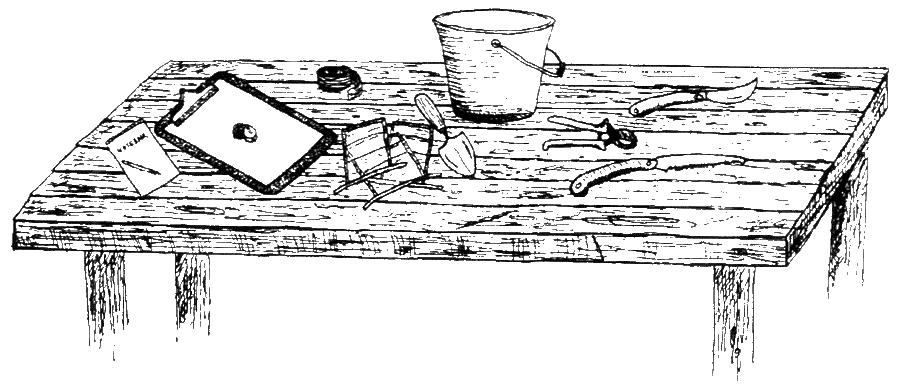
Finding out what soil types are around your home is easy to do. The best time to submit soil samples for testing is in the fall, before the big spring rush.
You’ll want to have the following tools on hand:
-
- a clipboard with pencil and paper
- a trowel
- a bucket
- several small paper bags
- a small shipping box
- and sample forms from your local cooperative extension office
You’re after a representative sampling from locations throughout your landscape.
First, divide your property into sections by:
1) sun exposure; and 2) general location and use.
For example, side, front, and back yards should be sampled separately, as should areas under trees or planted in shrubs and other vegetation.
Mark or code your sample forms according to the sections you just delineated, and keep a log for yourself.
Collect on a random basis five or six samples from each section and then mix all samples from that section into a bag, in order to get a representative sample.
Attach the corresponding sample form to the bag, completed per instructions.
Repeat this procedure for each distinct section of your yard.
Place all bagged samples (closed and stapled with attached forms) securely into a shipping box and send to either a private lab or to Virginia Tech for analysis, for a small fee.
Ask the lab to analyze your samples for phosphorus, potash, and pH to better manage your lawn and garden areas.
When you receive your soil analyses, enter the information into your log, by section, along with any notes you made at sampling time.
Be sure to keep these records to review when you want to re-sample (in 3-5 years).
Local nurseries and lawn and garden centers will help you interpret the results and recommend products, as well as appropriate application rates and timing to improve areas where soil nutrients are deficient.
